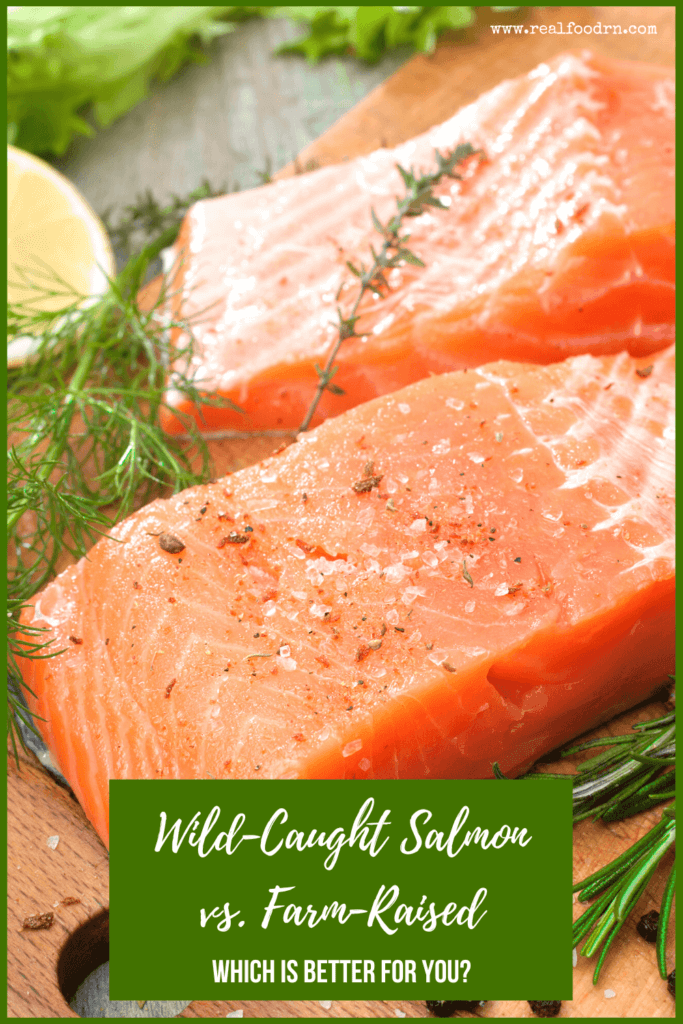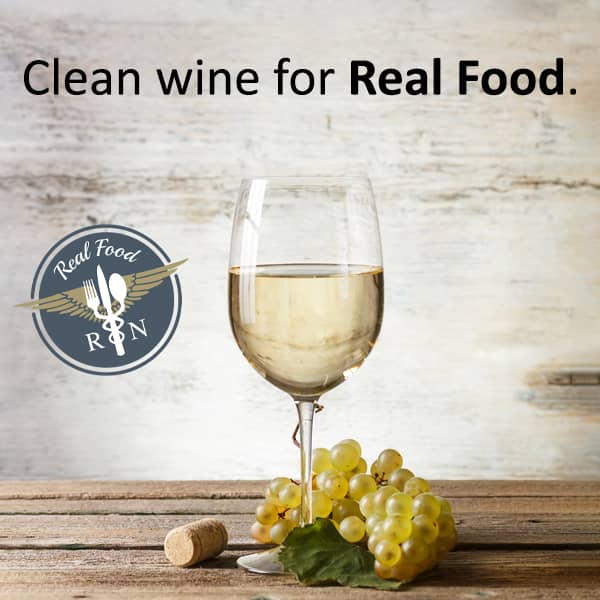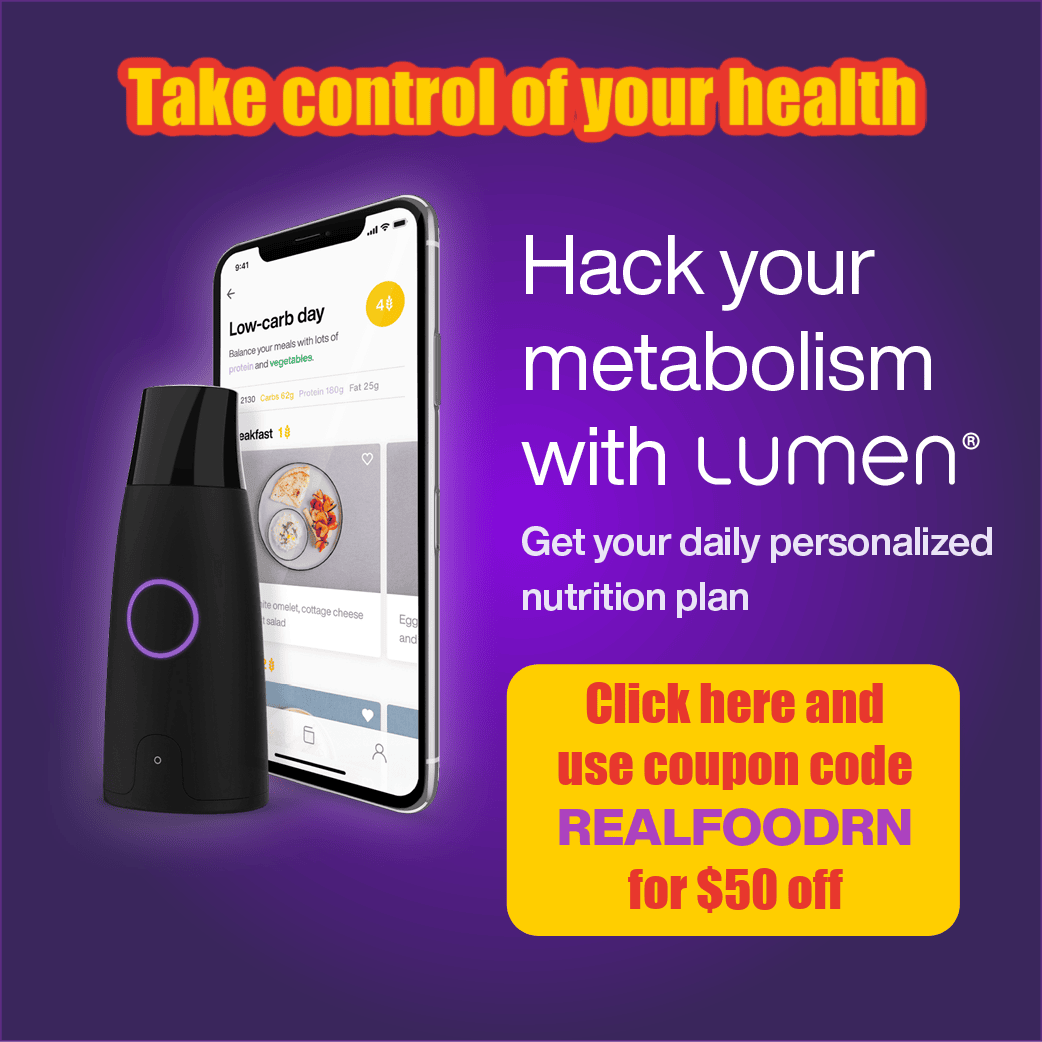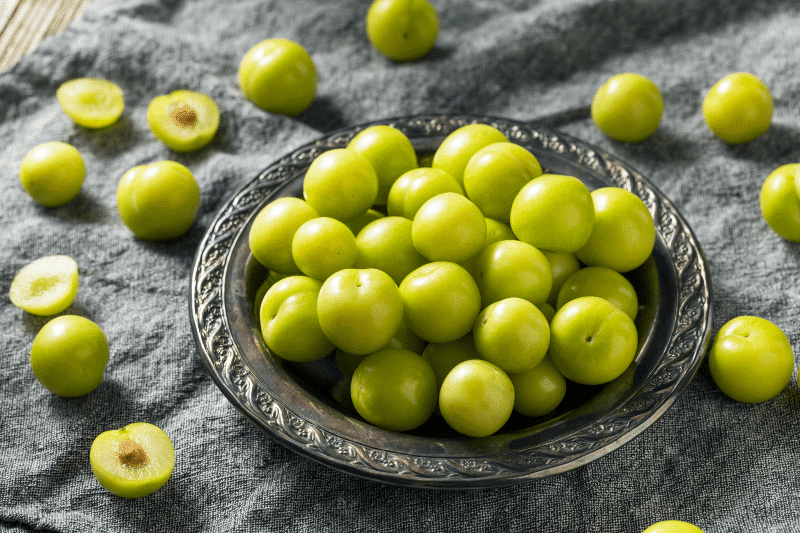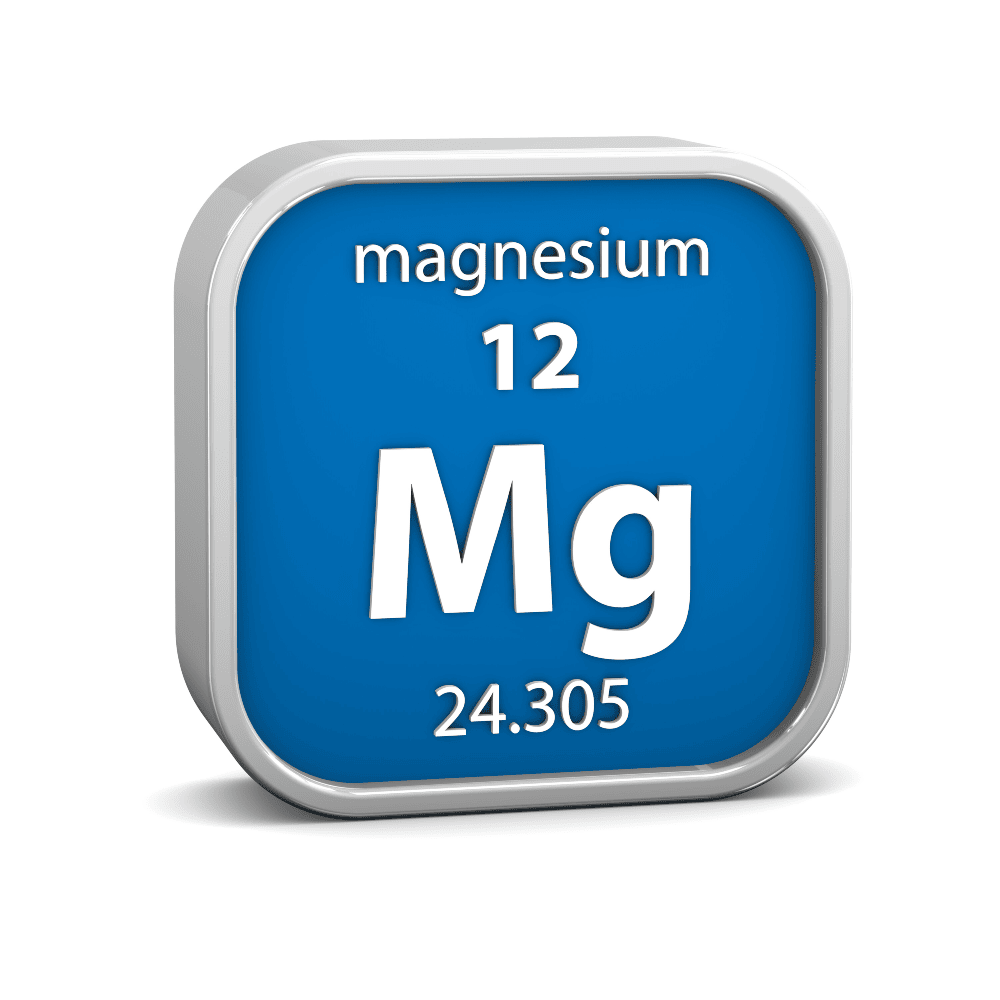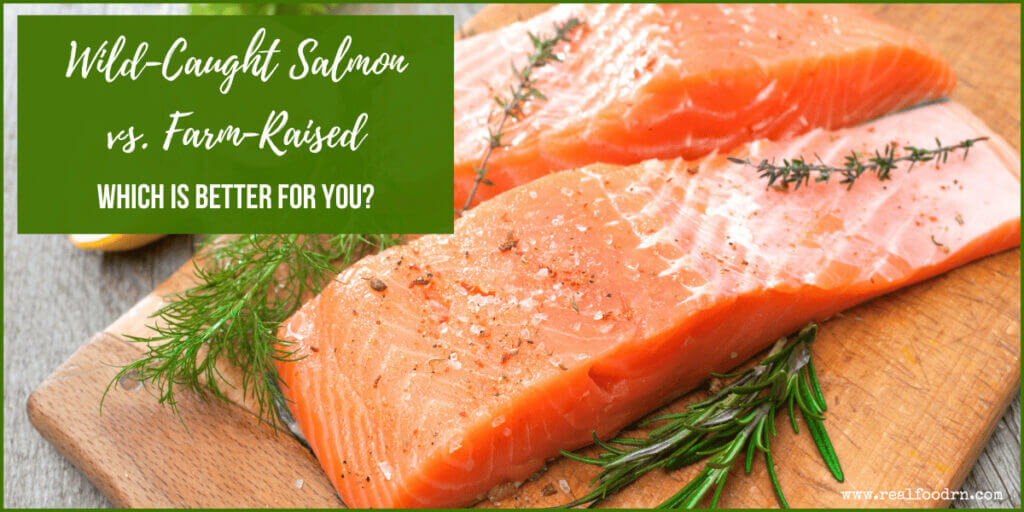
One of my absolute favorite fish varieties is salmon. This delectable fatty fish is a must-have for a healthy heart and skin and is packed with omega-3 fatty acids, protein, Vitamin A, and more. Unless, of course, you are vegetarian or vegan, that is.
Salmon is so versatile. You can smoke it and eat it on top of a gluten-free bagel. You can broil or grill it and enjoy it on a bed of fluffy quinoa or next to some sauteed asparagus. And let’s face it, salmon tastes so good.
For all my crunchy mamas out there, salmon is considered a superfood during and after pregnancy! Yes, I know we’ve all heard the mercury warnings regarding fish. But cold-water, fatty fish is so important for fertility and pregnancy. Consuming modest amounts of salmon during pregnancy can support your child’s brain health and neurological development. So, whether you’re trying to conceive, are expecting, or have children, salmon should always find its way onto your grocery list.
Wild-Caught Salmon vs. Farm-Raised
One important thing to consider is where your salmon comes from. There are two options: wild-caught or farm-raised. Each comes with its own pros and cons. If you’re curious about which one is better for you, I have everything you need to make that decision right here.
First off, wild-caught salmon is just that, caught in the cold wild waters. They tend to like the Pacific Ocean. And since it is caught in its natural habitat, wild-caught salmon has a different nutritional profile than farm-raised salmon. These cold-water fish tend to eat invertebrates. They may also have a higher degree of minerals such as calcium and iron.
Since wild-caught salmon travel upstream to spawn, they tend to be leaner than their farm-raised counterparts. This gives the fish a muscular profile and a strong salmon flavor. Wild-caught salmon is low in contaminants and contains a natural pink hue. I’ll touch on farm-raised salmon colors in a moment.
Now there are a few drawbacks to wild-caught salmon. For starters, overfishing can negatively impact the oceanic ecosystem. And wild-caught salmon may occasionally contain small pieces of plastic and ocean debris, thanks to pollution.
Farm-raised salmon are usually found in the Atlantic Ocean. These fish are caught in the wild and then taken to a controlled environment where the fish reproduce and are raised. Since these fish are contained, they tend to be fatter than wild-caught salmon. You can notice the difference when you look at the fillet. Farm-raised salmon can sometimes be a greyish color. For this reason, manufacturers sometimes inject the salmon with carotenoids to give it an orange hue. For example, carotenoids are naturally occurring pigments found in carrots and peppers. This isn’t a drawback, but it is worth noting.
What do farm-raised salmon eat? Well, these guys tend to be fed corn and grain. Some farms will even feed their salmon chum with astaxanthin, a compound that turns the salmon’s flesh orange. I can’t speak on all salmon farms in existence, but I do know some farms offer tight fish quarters, which can contribute to spreading disease. It is like when someone in your house gets a cold or the flu. It is only a matter of time before nearly everyone in the house also gets sick. Farm-raised salmon are considered “sustainably sourced,” limiting environmental impacts during harvest. However, these fish tend to have a higher concentration of omega-6, a non-healthy fat. In the battle of the omegas, you want plenty of omega-3s and little to no omega-6s.
We personally buy our salmon from HERE because it is wild-caught and has the best flavor of any salmon that I have ever tried! I don’t like the taste of fish, so this is very important!
Omega-3s found in salmon is based on the type of algae and plankton the salmon consumes. Farm-raised salmon eat plants, grains, and fishmeal, so the omega-3 content could differ from wild-caught salmon, right? Well, since farm-raised salmon is fatter (think less exercise), the omega-3 content is comparable to wild-caught salmon.
As you can see, there are plenty of pros and cons to wild-caught salmon vs. farm-raised.There is a slight risk for contaminants when it comes to both varieties. Wild-caught salmon is leaner and has more vitamins and nutrients naturally. Farm-raised salmon may have additives, but they don’t necessarily harm your health. Farm-raised salmon is more environmentally friendly but might not be as humane as letting the salmon swim free through the cold-water streams and oceans.
As an all-natural mama, I prefer wild-caught salmon. It tastes better to me, and I appreciate consuming salmon found in its natural habitat doing what salmon do. Ultimately, the choice is yours.
Salmon Dinner Ideas
Regardless of which salmon you choose for your family, keep consuming salmon! It is so good for you! In fact, I have a few delicious salmon recipes I’d like to share.
Breakfast for dinner? Why not! Try this Easy Smoked Salmon Omelet. I’m not going to lie – they are quite indulgent but high in protein and low in carbohydrates. All you need is about 20 minutes. Ten minutes to prep and ten minutes to cook.
For crunchy mamas on the go, try this Spicy Ginger Dill Salmon Salad. This quick dish is bursting with flavor and has about 120 calories per serving.
My healthy and Alkalinizing Smoked Salmon Salad is another one of my favorites for a lovely summer evening. Especially when I just want to stabilize my alkaline intake. For this one, you’re going to want wild-caught salmon specifically.
Baked Salmon Bellies are a chef’s secret weapon. Yes, I’m talking about actual salmon bellies. Salmon store most of their fat around their bellies (sound familiar?). Within that meaty fat lies a treasure trove of omega-3 fatty acids. When preparing your salmon, be sure to use healthy oils and bake or grill instead of bread and fry. Salmon has such a distinct flavor that you do not need to add too much to make it taste great for the whole family.
CLICK HERE to Pin this Post
